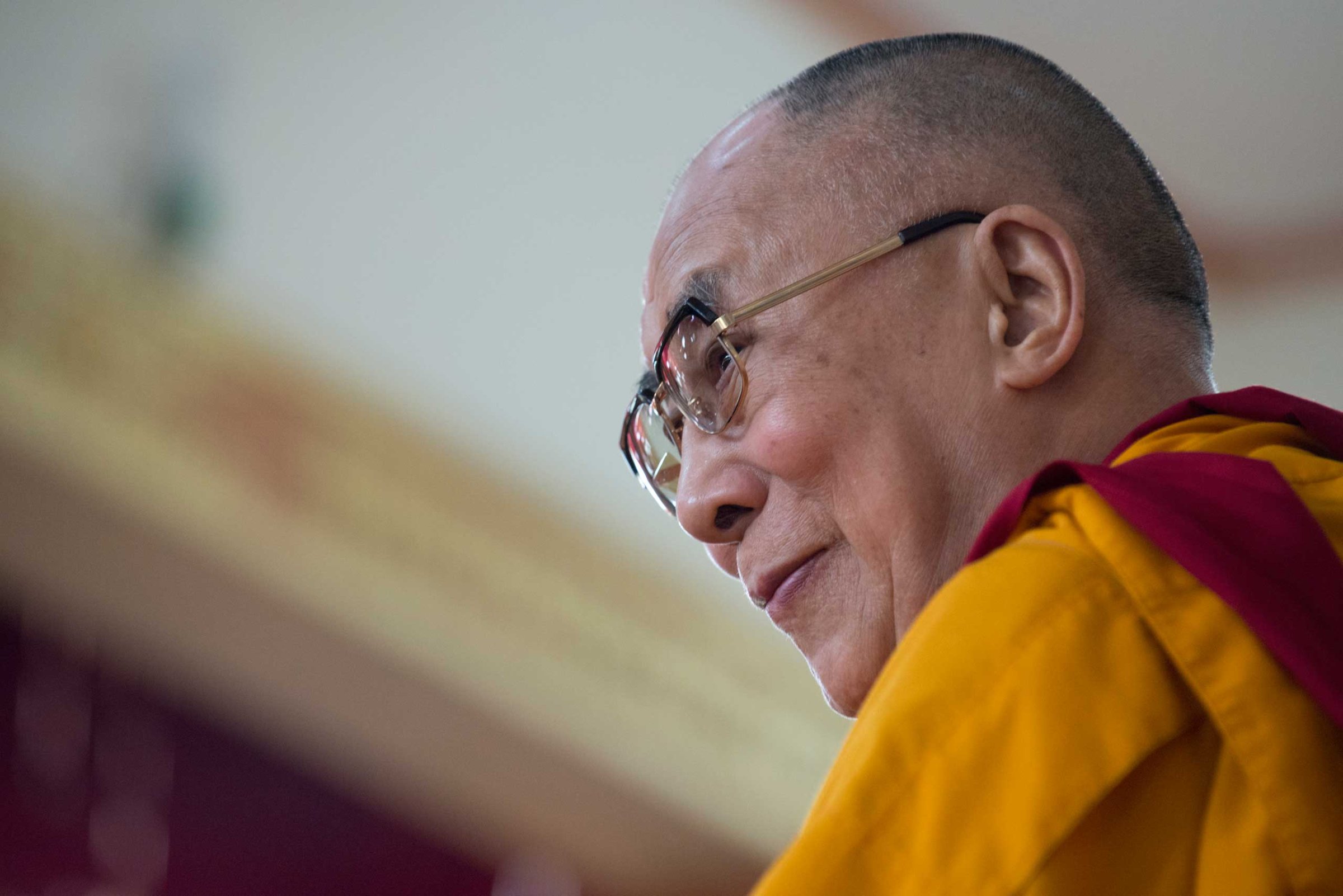
Dr. Lobsang Sangay is the Sikyong (prime minister) of the Tibetan government in exile.
Correction appended, March 30, 2015.
Since 1959, when the current Dalai Lama escaped from Tibet, his tireless efforts for freedom for Tibetans and peace in the world have irked and outraged the Chinese Communist Party. Its leaders have called the 14th Dalai Lama a “wolf in sheep’s clothing,” “a devil with a human face,” and a “devil with horns.” They ban the Dalai Lama’s portrait and severely punish anyone in Tibet found carrying or displaying his image.
How incredible, then, that China now claims the right to locate the next reincarnation of the spiritual leader whom they call “the devil.” How incredible, too, that the Communist leaders whose ideology regards religion as the opium of the people, and whose founding figure, Mao Zedong, famously told His Holiness the Dalai Lama in Beijing that “religion is poison,” now orders the Dalai Lama to reincarnate on the Chinese government’s terms.
If the Chinese leadership believes in rebirth and religion so much, instead of worrying about the reincarnation of a “devil,” they should — as His Holiness himself has remarked — start with finding the reincarnation of revolutionary leaders such as Chairman Mao and Deng Xiaoping.
In July of this year, the Dalai Lama turns 80. For decades, he has addressed the question of his reincarnation. He said that the next Dalai Lama could come in the form of reincarnation, selection or emanation. He also said that if the present situation regarding Tibet remains the same, he will be born outside Tibet, away from the control of the Chinese authorities. He warned that any candidate chosen for political ends by anyone, including China, should not be recognized or accepted.
The Chinese government’s claim to sole authority over the choice and location of the next Dalai Lama is a mockery of human intelligence. Yet Zhu Weiquin, head of the ethnic and religious affairs committee of the Chinese People’s Political Consultative Conference, asserted that the “decision-making power over the reincarnation of the Dalai Lama, and over the end or survival of this lineage, resides in the central government of China.” Imagine Fidel Castro picking the Pope!
See the Dalai Lama's Life in Pictures
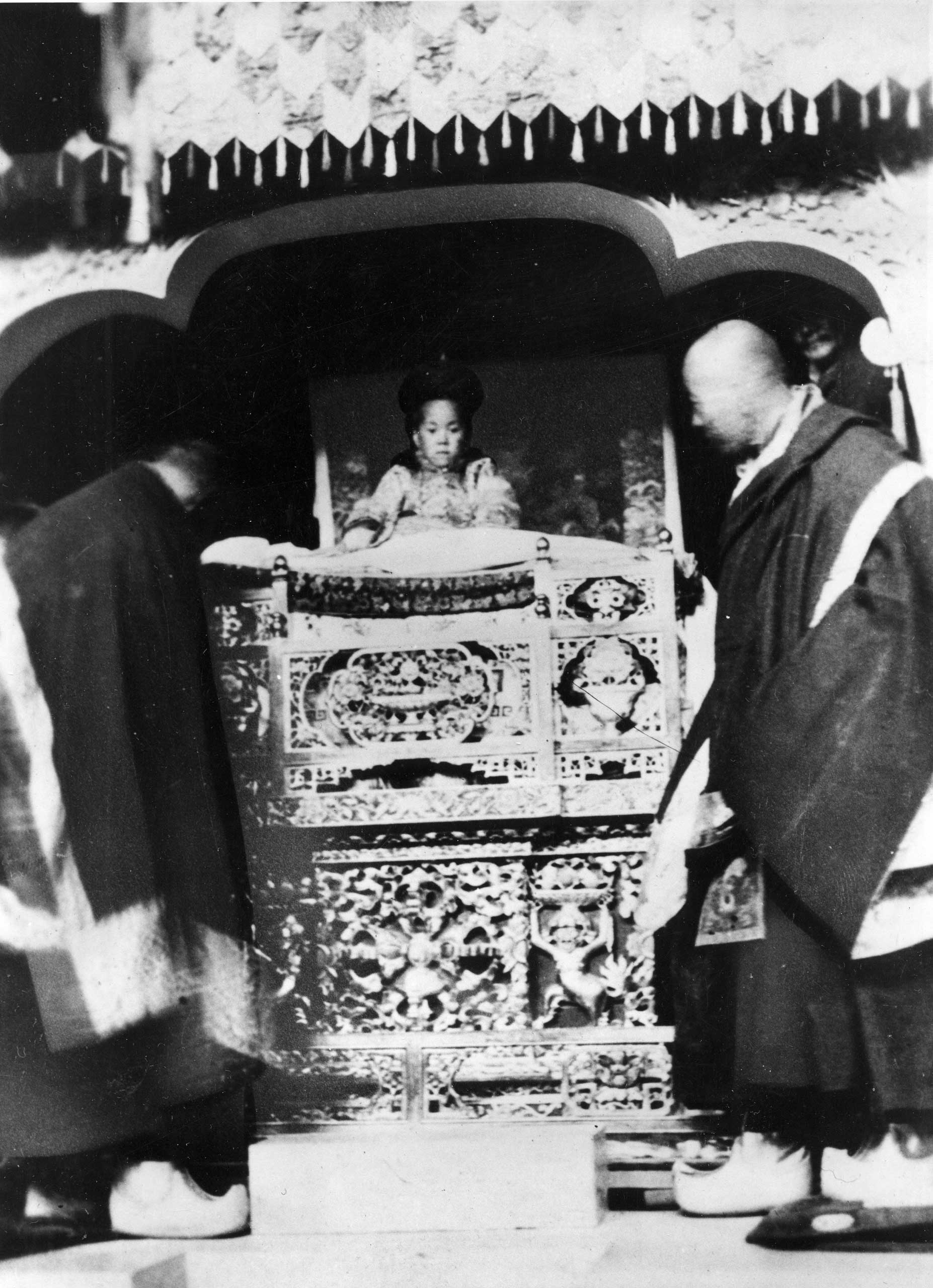


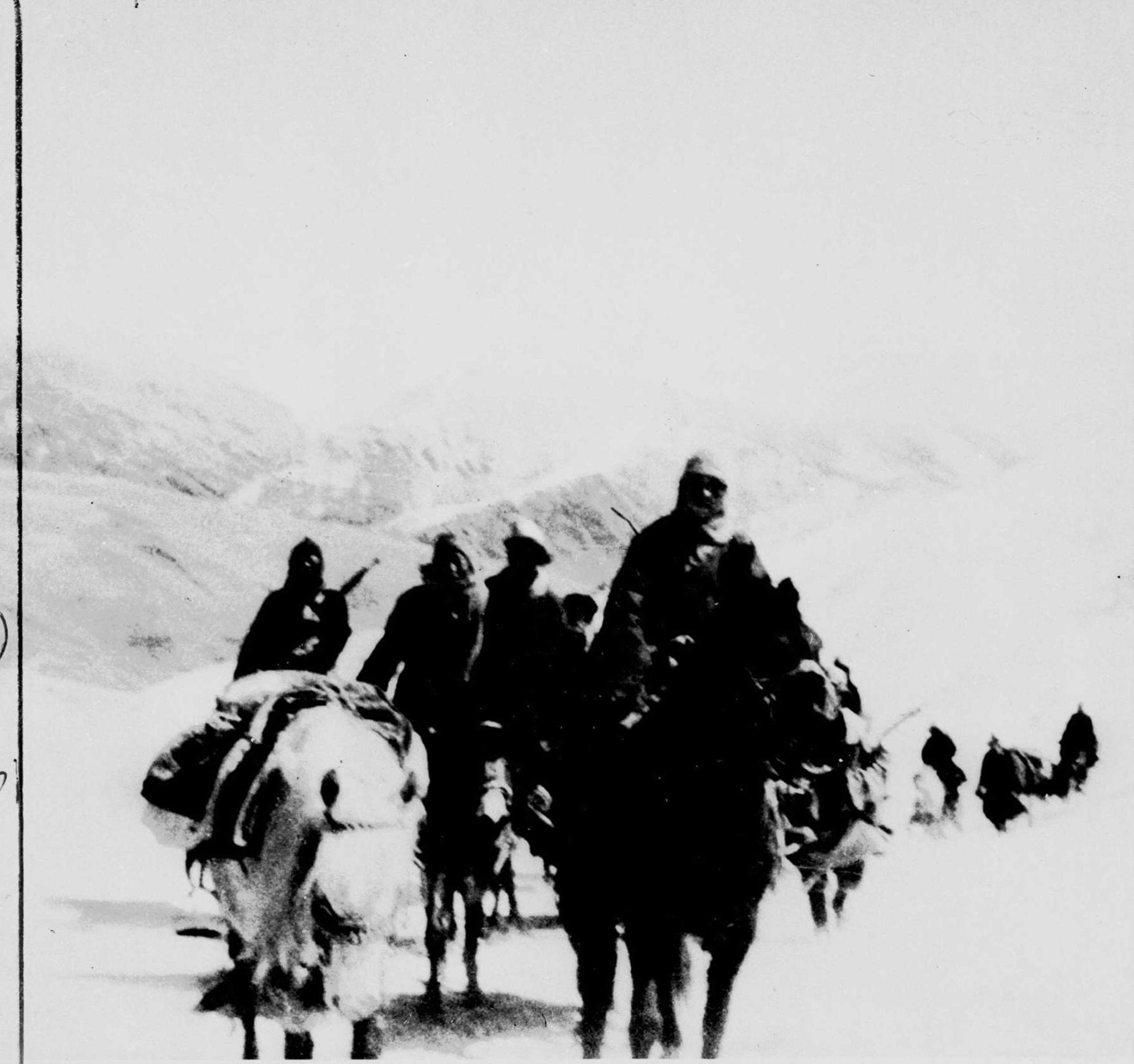
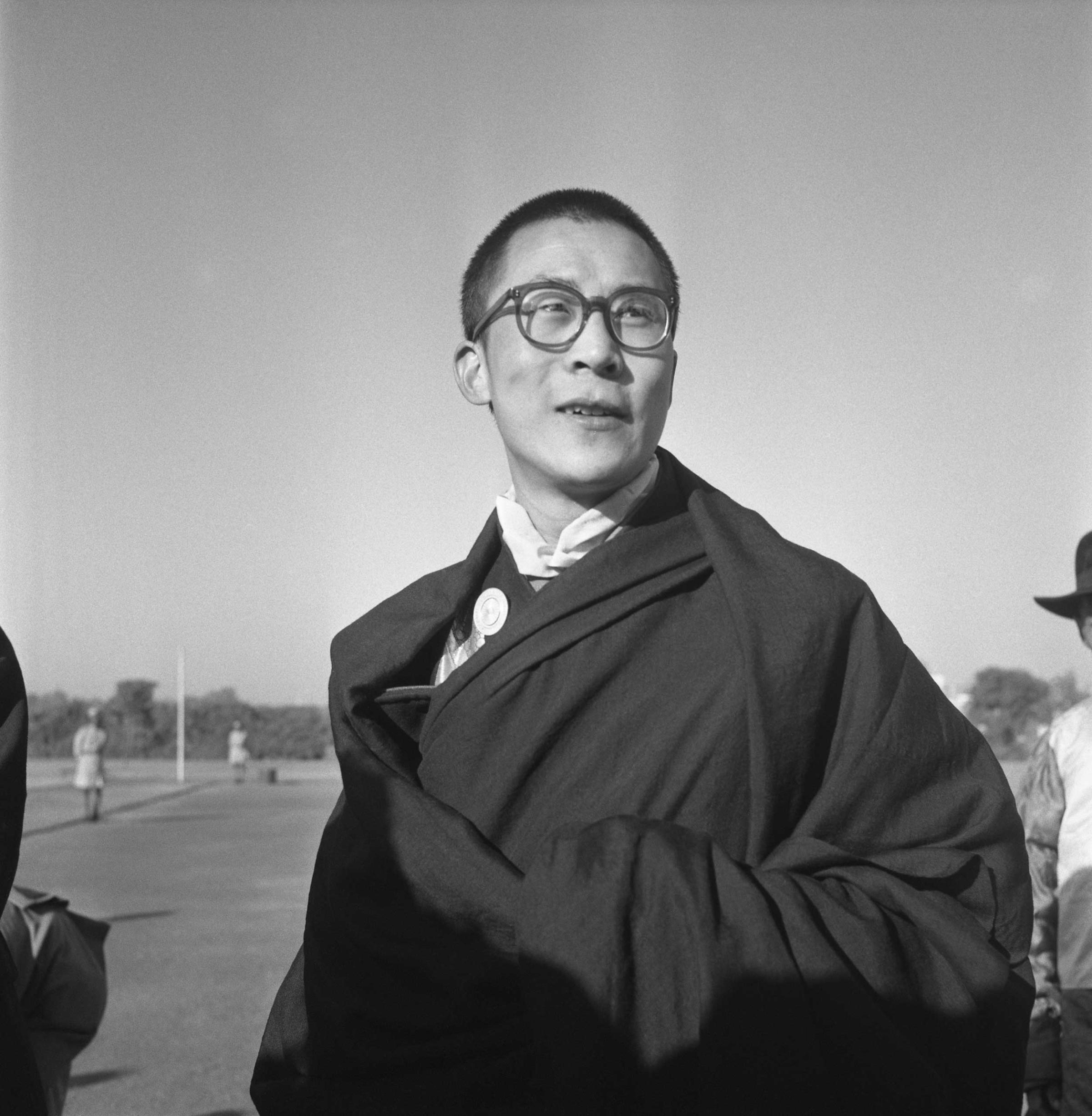


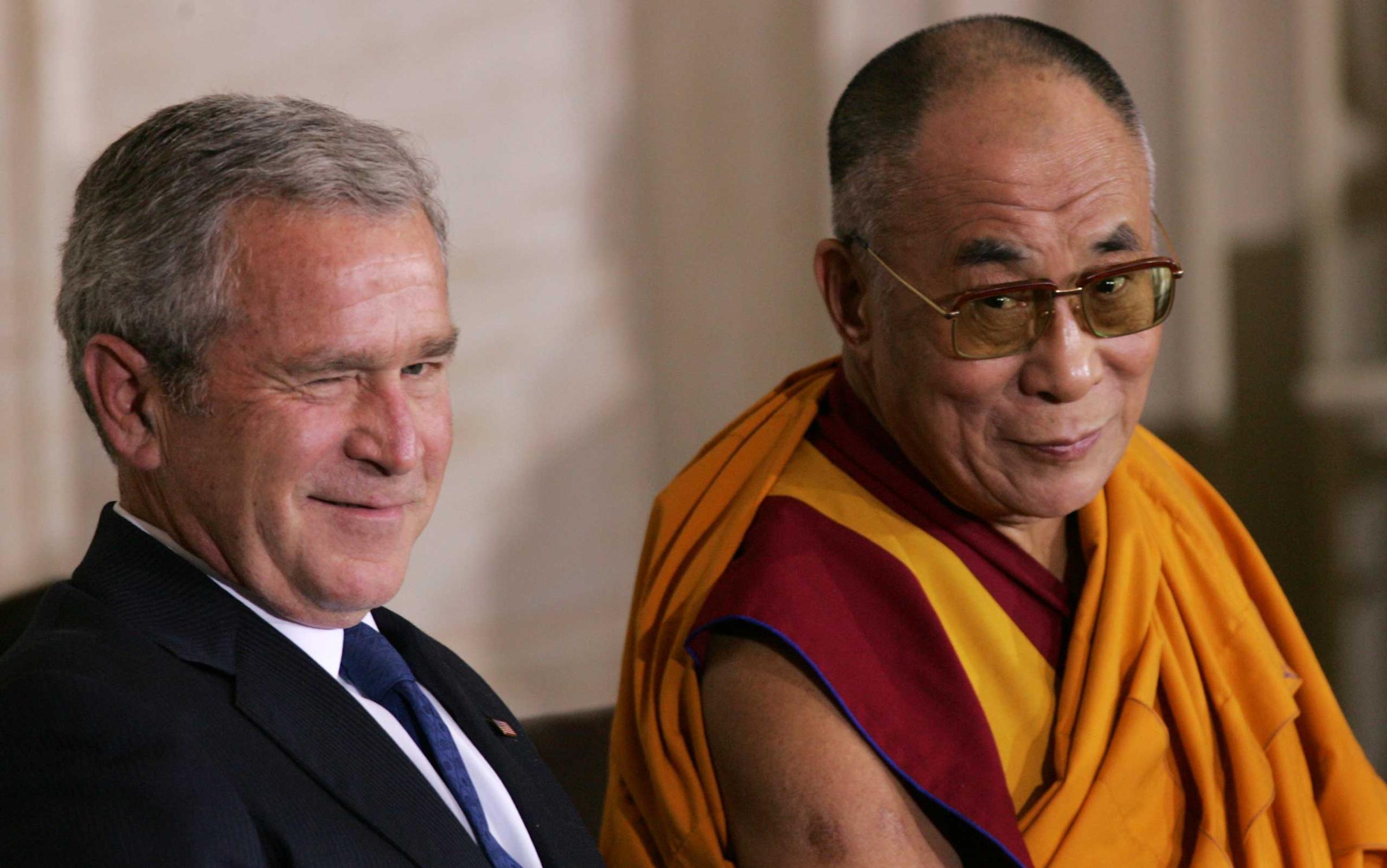
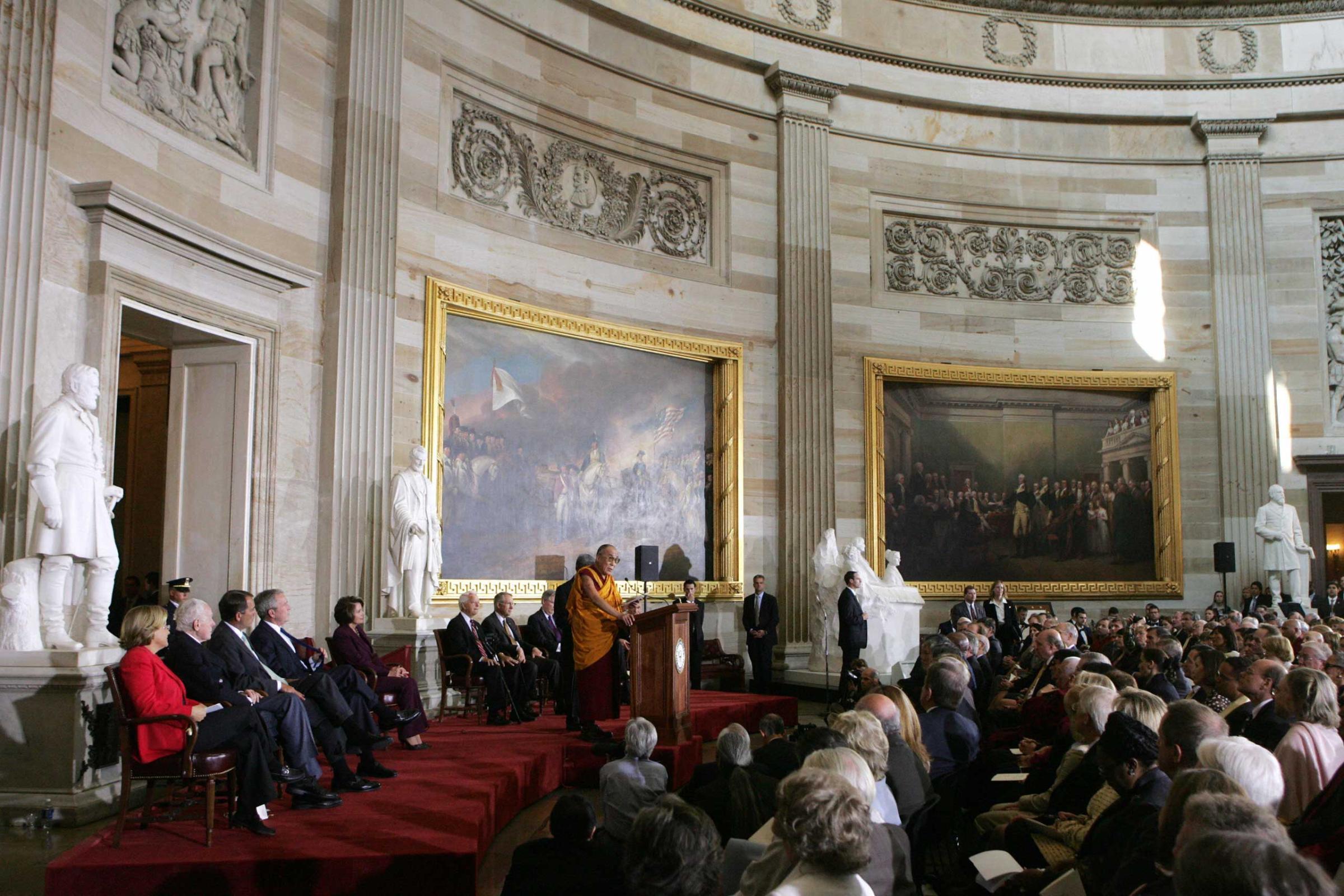

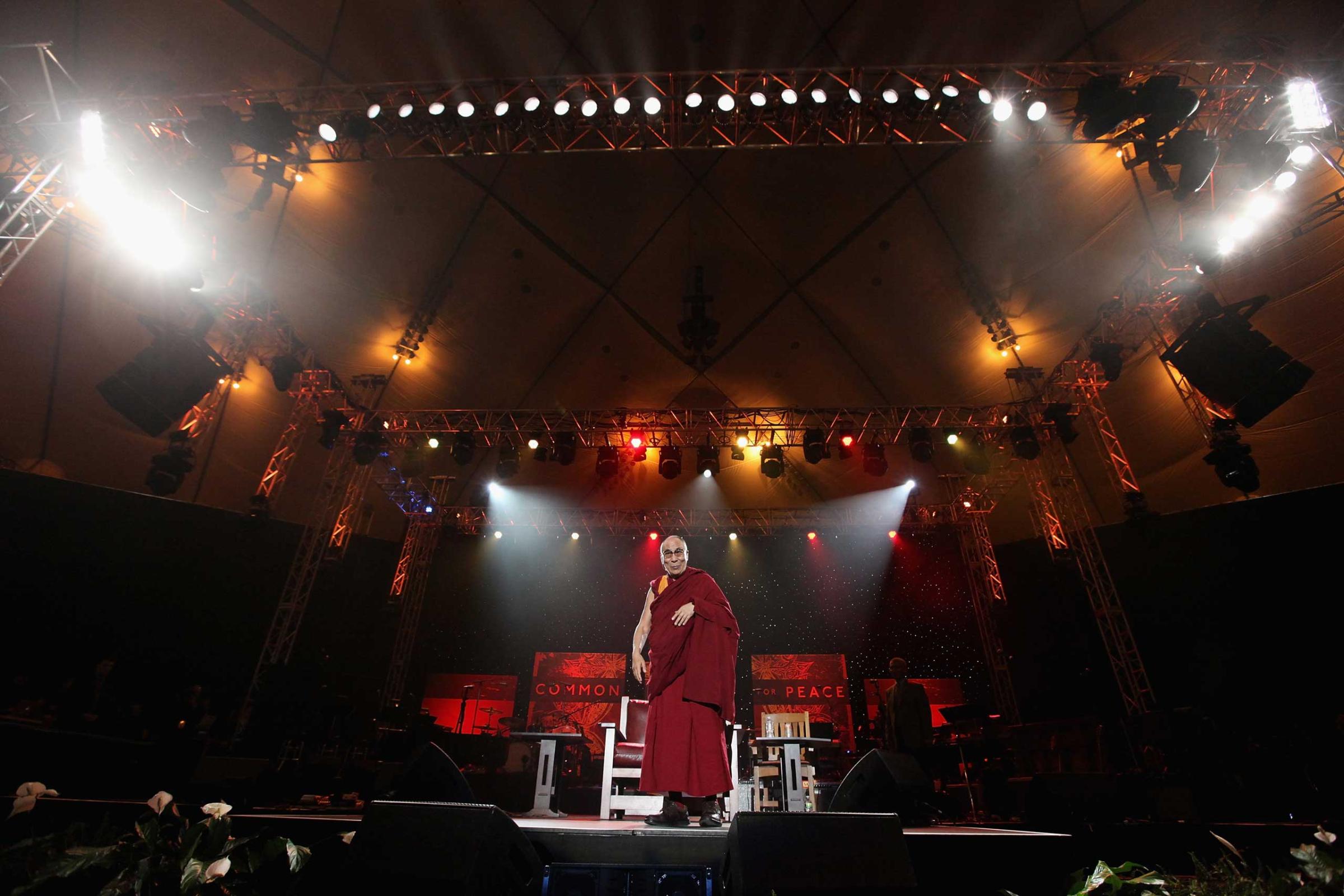

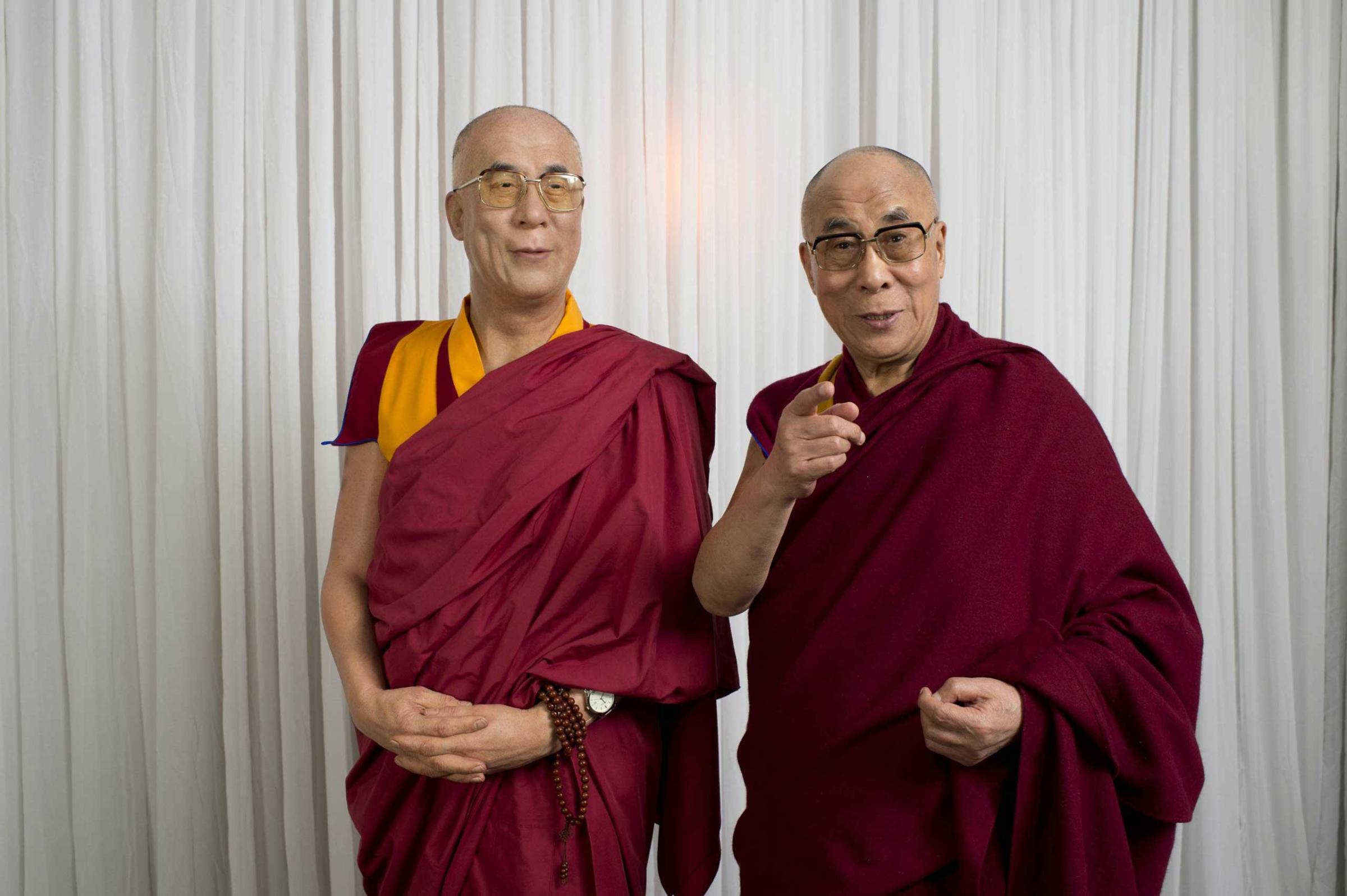


Historically, the Chinese Communist Party’s closest engagement with the religion of Tibetan Buddhism started in the 1950s when the national army destroyed 98% of the then existent Tibetan monasteries and disrobed 98% of its monks and nuns — tragic events carefully documented in the 70,000 Character Petition to Chairman Mao written by the late Panchen Lama in 1962. Beginning with the monumental carnage of the so-called Great Leap Forward and Cultural Revolution, extending into “patriotic re-education” in the monasteries and strike-hard campaigns that denounced the Dalai Lama and all expressions of religious freedom, and continuing to today’s restrictive policies in Tibet, Beijing’s incessantly flawed policies and ruthless campaigns to repress Tibet’s Buddhist culture and civilization have been the hallmark of the party’s rule.
In Tibetan Buddhism, reincarnation is a deeply revered and sacred spiritual practice spanning nine centuries. Behind the idea of reincarnation is the faithful belief in rebirth and its purpose to continue the mission and wisdom of the previous incarnation in the present body. It is the extraordinary bond between the spiritual teacher and the faithful that has historically sustained the Dalai Lamas as the long-serving sovereigns of Tibet, functioning as both temporal and spiritual leaders for 369 years. Only as recently as 2011 did the current Dalai Lama, adapting to the concept of democracy, voluntarily transfer his political powers to an elected leader of the Tibetan people.
Despite more than 50 years of state-sponsored rampages and destruction, the Tibetan people have not lost hope. The source of that hope is the Dalai Lama and the power of spirituality. As long as the Tibetan people continue to suffer in their homeland, the Dalai Lama will not become a political stooge of the state by reincarnating in an occupied Tibet.
Correction: The original version of this story incorrectly described the process by which the next Dalai Lama could come. The next Dalai Lama could come by reincarnation, selection or emanation. The original version of this story misstated the percentage of monasteries destroyed and monks and nuns who were disrobed by the Chinese government. It was 98%.
More Must-Reads from TIME
- Donald Trump Is TIME's 2024 Person of the Year
- Why We Chose Trump as Person of the Year
- Is Intermittent Fasting Good or Bad for You?
- The 100 Must-Read Books of 2024
- The 20 Best Christmas TV Episodes
- Column: If Optimism Feels Ridiculous Now, Try Hope
- The Future of Climate Action Is Trade Policy
- Merle Bombardieri Is Helping People Make the Baby Decision
Contact us at letters@time.com